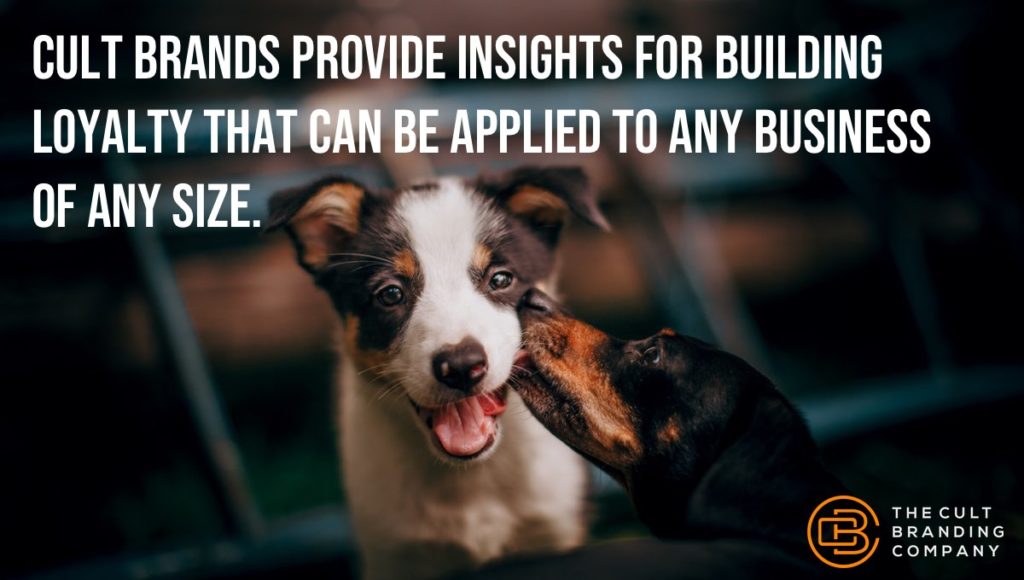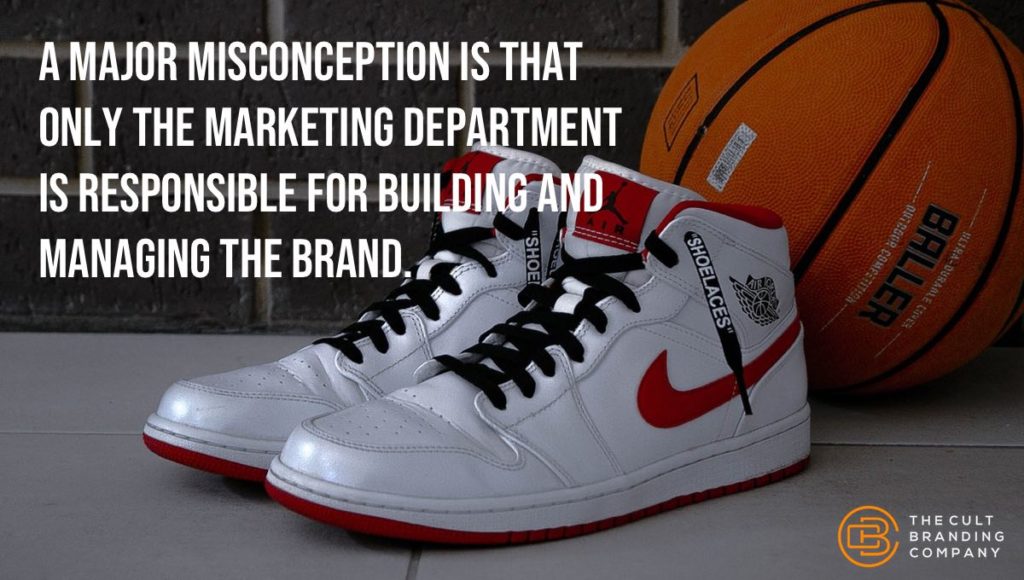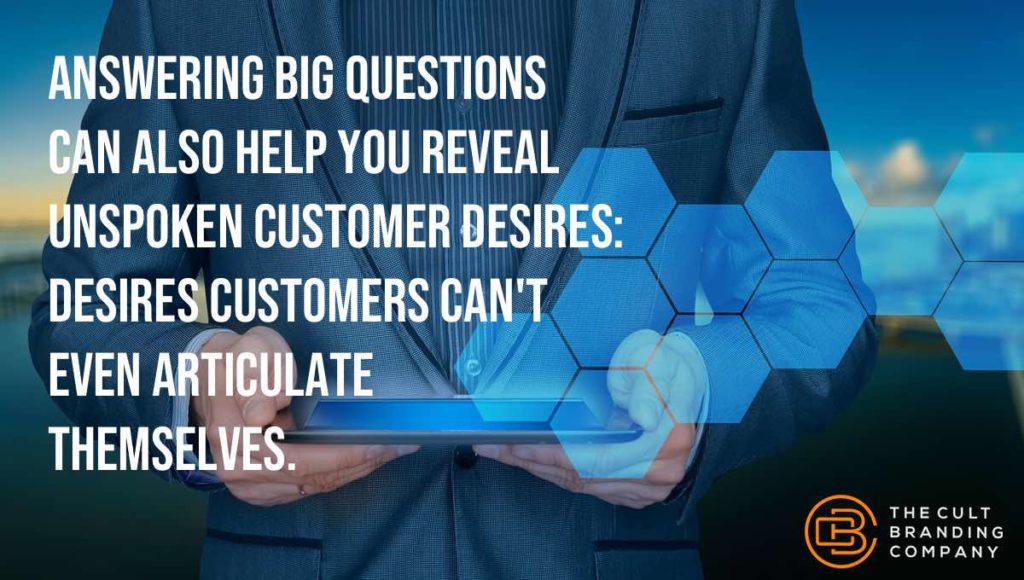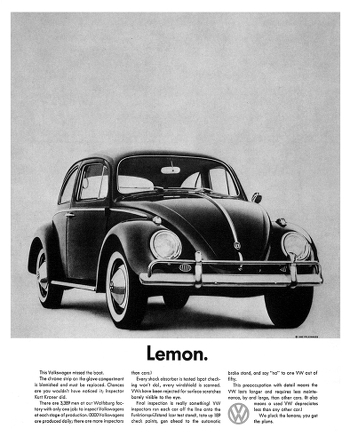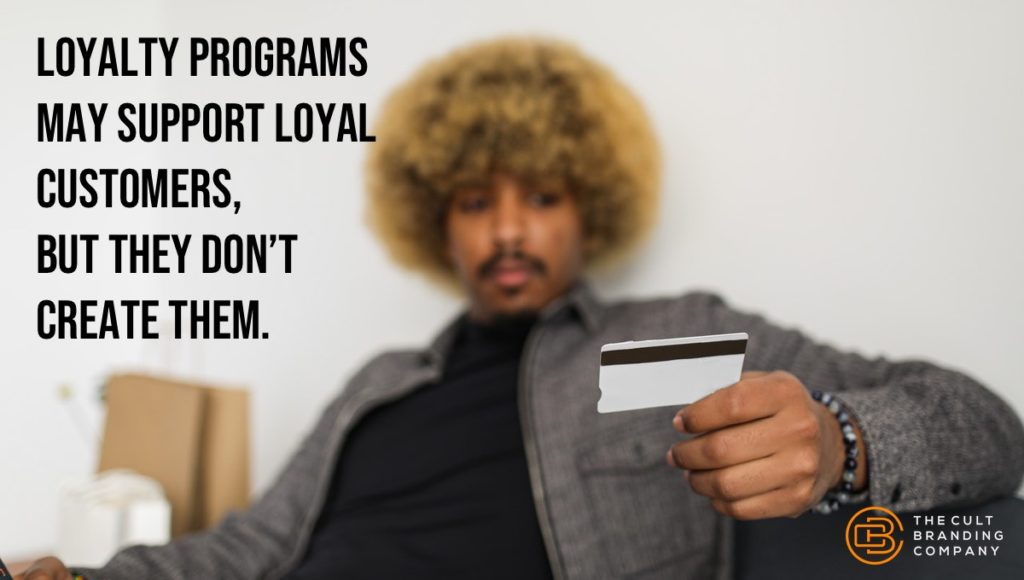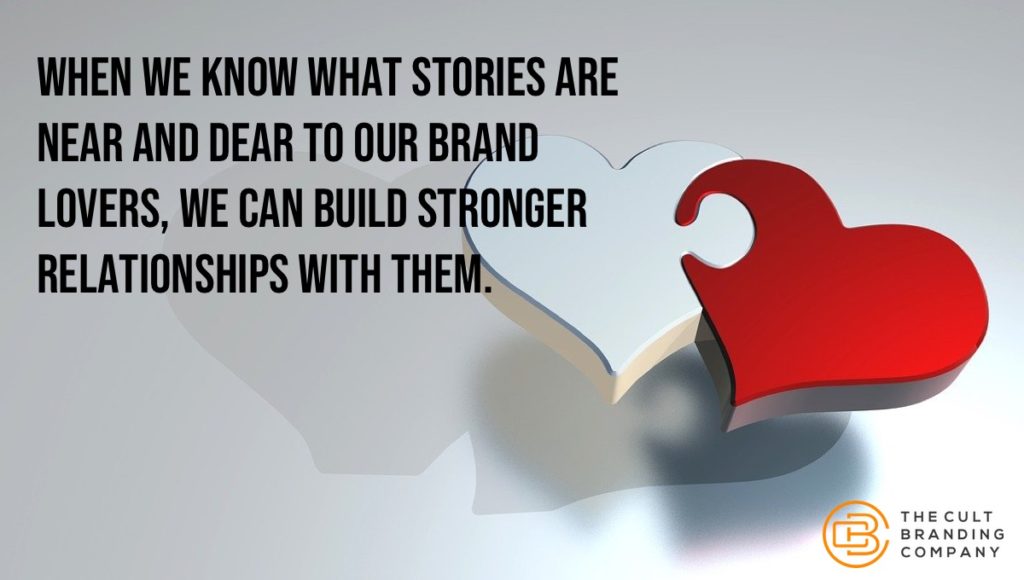
Harley-Davidson, Nike, Coca-Cola, and Apple logos have been permanently etched into the skins of customers worldwide. Why do they do it?
Why do these raving fans, or what we call Brand Lovers, scorch their bodies with a company’s mark? And what can marketers and brand managers learn from them?
Most acts of unabashed brand loyalty are a genuine mystery to marketers: Why do customers anxiously camp outside IKEA grand openings? Why do bikers brand Harley’s flaming eagle onto their arms?
From over a decade of researching loyalty and implementing it through our consulting business, we have come to identify a brand’s outliers—their most passionate fans—as the people with whom marketers should engage, talk, and most importantly, listen to with the greatest attention if they want to truly understand their brand.
Although tattooing brand logos and imagery may seem too extreme to marketers, these outliers represent a brand’s choir. These radical customers often understand your business on a deeper, more meaningful level than the people working at the company.
Brand tattoos, when understood, can teach marketers about customer motivation.
Tattoos were once considered counter-cultural in America. People branded themselves with tattoos to mark themselves as different and to challenge the societal status quo.
Today, however, body art is a part of mainstream American culture.
Why People Get Tattoos of Brands
Think about what the term “branding” really means and you’ll have a better appreciation for the importance of the psychology of tattoos. We have a biological instinct to mark ourselves. While body art may scar the body, its meaning is branded into us.
There are many psychological reasons customers brand themselves with tattoos of the companies they love. Here are three:
- Membership into Social Groups: Brand tattoos help customers bond with others in the same social group who share special interests and common values. Brand tattoos send a message that they belong to a unique, personally meaningful community. You only “get the message” if you’re part of that group.
- Finding Meaningful Associations: Brand tattoos remind customers of personal values. The tattoo is a permanent badge with special meaning. It creates a powerful recall cue of the memories, experiences, emotions, and other positive associations they have with the brand. A single image, as represented by the tattoo, can encapsulate a series of complex memories and feelings.
- Connecting with Ideals: Brand tattoos are reminders of the customer’s ideal life. The brand becomes associated with specific ideals, as Apple has become inextricably linked to creativity, beauty, and self-expression. Customers see the brand’s mark as a reminder of these ideals, and they draw strength from the image.
Customers instinctively look for meaning; they naturally look for something to rally around; they crave an emotional payout from their interaction with the brands they love.
Brand tattoos create a permanent physical connection between the customer and the brand. In a world where most businesses focus exclusively on growth and sales, the opportunity for businesses to serve customers on a deeper level remains open and waiting. The results can be magical and, yes, growth and sales often follow suit.
Four Qualities Tattooed Brands Share
The most popular brands that people tattoo on themselves like Harley-Davidson, Nike, Coke, and Disney share certain qualities:
- Tattooed brands are iconic in nature; they are deeply rooted in our contemporary cultural mythology.
- Tattooed brands have strong visual appeal—an iconic image like the Nike symbol is a powerful visual marker.
- Tattooed brands are effective at lifestyle marketing. They represent and promote a way of being in the world, a lifestyle philosophy. Vans and Jimmy Buffet are terrific examples of successful lifestyle marketing.
- Tattooed brands tend to offer a promise of an ideal experience the customer is seeking. For example, Harley’s blazing eagle image symbolizes freedom on the open road.
The #1 Place Customers Tattoo Themselves
Where’s the most prevalent place for customers to tattoo the brands they love? It’s not their arms, shoulders, or even backs: it’s in their minds.
Customers instinctively create mental tattoos, powerful associations between brands and experiences.
Marketers should focus on creating experiences the customers want. These experiences leave a mental imprint that’s difficult to measure, but undoubtedly present. We can say that a salient mental imprint—a tattoo on the customer’s psyche—is the goal of successful branding efforts.
Marketers should see tattoos as portals from the customer’s personal values to their real-life experiences instead of just a gateway to sales.
The purpose and role of the brand is to open their customers up to a meaningful experience that later becomes associated with the brand.
Again, tattoos represent an intricate web of experiences, feelings, and memories. As marketers, our job is to set the conditions for these experiences, feelings, and memories—not simply sell a product or service.
Create Meaningful Experiences for Your Customers
How do you set the conditions to create meaningful experiences for your customers?
1. Start by understanding your customers.
Ask your customers questions directly. If you operate a retail store with cooking supplies you might ask:
- What is your ideal customer experience when you enter our store?
- What do you value most when you’re cooking in your kitchen?
- How do our products make your life easier?
- What are the dominant feelings you get when you shop in our store?
Questions like these can provide you with infinitely more useful information about your customers than demographics, psychographics, or focus groups.
2. Brainstorm ways to create the ideal customer experience on a consistent basis.
Think about:
- How can you surprise your customers?
- How can you serve your customers better than anyone else?
- How can you create a consistent experience that your customers will come to expect and enjoy?
Although it’s unlikely that you’ll hit the ideal experience every time, the closer you can get to it with each interaction, the more meaningful—and irreplaceable—you will become to your customers.
3. Develop a framework for your brand.
An effective brand framework should:
- Highlight what’s most important to your customers.
- Align your organization to better serve your customers.
- Help you make better decisions that will impact long-term loyalty and growth.
- Predict consumer behavior by understanding your customer’s motivations.
An effective brand framework acts as an evaluative tool: something you can use to determine whether or not your marketing efforts will resonate with your customers by connecting to something that they value about the brand.
Onward
The measure of success is not in the number of customers who rush out to tattoo your logo on their bodies. The most important mark will always lie in your customers’ minds.
Creating a brand framework will help you create consistent meaningful experiences for your customers, causing them to “tattoo” your brand’s image in your customer’s hearts and minds.


